Category: Masonry Services
What Do I Need To Do To Maintain The Outside Of My Chimney?
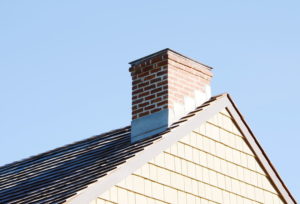
The chimney goes from inside of your attic to the exterior. The area where the chimney meets the exterior of you building is often subject to leaks and other types of deteriorations at the structural level. In this respect, you should always check this part of your roof for potential problems.
The metal pipe from inside your chimney can also be the source of trouble. To keep it in a good shape, you should clean it with the help of a wire brush, in order to make sure that it is free from rust and other damaging elements.
The rusted area should be treated with special types of paint, namely the ones that resist to high temperatures. At the same time, you need to make sure all connections are tightened up with screws, and to check on them from time to time.
You also should make sure that you have a waterproof chimney. This can be done by applying water sealant to the outside of your chimney. This can help prevent moisture-related problems.
Another good thing to do in order to make sure your chimney is in a good state is to have it inspected by an masonry restoration expert team at least once a year.
What are the signs of deteriorating masonry on my building?
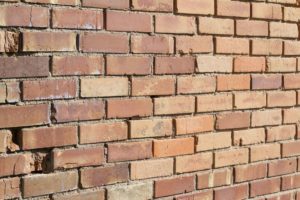
No matter if they are old or more recent, brick walls eventually become damaged. So what are the exact signs which may indicate deteriorating Connecticut masonry on your building?
Bowing bricks can be signs of potential masonry-related issues on your building. The appearance of white, powdery surfaces on your wall can be some other indicators of masonry deterioration. This usually happens when salts or other soluble substances get to the surface of masonry areas. In case this happens, you need to keep on washing those areas with pressure washing or with the help of a brush.
Missing mortar joints can also indicate masonry-related damages. Fixing mortar joints can be a slow and meticulous process, but it is best to do things the right way and not to rush the repair process, or else you may have to deal with further damages to your building.
Cracking of brick structures is yet another common sign of masonry deterioration. In case this happens, the typical approach is to take out the affected bricks and to replace them with new ones. Cracking should not be a reason to worry too much, because it is a natural thing which can affect most buildings. However, you should take the necessary measures in due time.
How Do I Know If My Brick Building Needs Masonry Work?
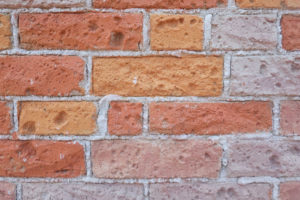
In case your building contains brick walls or any kind of masonry structures, chances are you will need to fix them at some point. Otherwise, you may have to face some other problems such as water infiltrations, extreme temperature losses, foundation-related issues which can make buildings less safe places to be.
For instance, a bowed or bulging brick structure may indicate that your masonry may need some masonry restoration repair work. A mason typically removes the damaged bricks, evaluates and fixes the issues causing the trouble and then puts new bricks back into place.
Vertical corner cracks may be some other good indicators of masonry-related problems. This type of problem is less serious, and it is a natural phenomenon caused by building’s natural expansion. The repair can be done in various ways. One method would be that of an epoxy injection for filling the crack in the wall. At the same time, installing an expansion joint can be very useful for putting less pressure on the bricks.
Compacted bricks are some other key indicators of masonry-related problems. This problem can result in water infiltration inside the building. Also, one compacted brick is much like a virus, in the sense that it can cause other bricks to become compacted as well.
What Is Involved In A Typical Masonry Restoration Project?
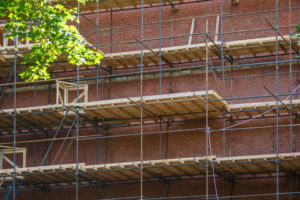
Masonry restoration refers to any kind of reparation or action performed on a masonry structure, which does not involve actually building it. It may refer to tearing the entire masonry down and rebuilding it, or to cleaning and sealing the structure.
Some consider that masonry restoration involves the process of tuck pointing, namely that of removing the deteriorated mortar from between the bricks and then replacing it with new mortar. The type of restoration depends on the type of building, but also on the type of mortar that was initially used.
Many buildings only have bricks on the exterior layer, and on the inside they have wood, steel or other type of material. There are several reasons for this, including the fact that masonry has a much nicer appearance for an exterior.
One good reason for tuck pointing is to waterproof the building, knowing the fact that water infiltrations can cause serious damages inside your home.
In order to make a proper masonry restoration, the mason needs to have sound knowledge and experience as does New England Masonry and Restoration about the way a brick building was built, including historical buildings, which were raised 100 years ago, or slightly newer ones. At the same time, it is good to stay in touch with the technological advancements such as safe and efficient water-repellent sealants.
How Often Should You Have Your Masonry Inspected?
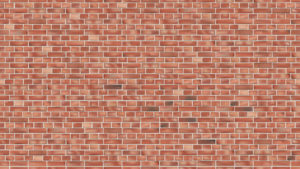
Masonry has the reputation of being stronger than other building structures. There is a number of ways by which you can evaluate how serious the damage is and what steps need to be taken.
Cracking is a natural phenomenon for brick structures. It comes from the material moving, shrinking or settling. However, some cracks may be more serious than other cracks. Longer cracks can signal more dangerous problems. At the same time, regardless of the exact size of the crack, it can let moisture in, which is enough to cause damage to your entire building.
Apart from cracks, there are also secondary signs such as foundation shifting or moving in any way. Some other clear indicators of damage would be doors or windows which open or close difficultly. All these should be addressed in due time, so as to avoid any further damage to your home or commercial property.
The frequency of Connecticut masonry maintenance practices typically depends on the exact type of masonry. But keeping your bricks in good state is very important not only for your safety, but also for preserving the beauty of your living or working environment. Ideally, you should closely inspect your masonry every month or at least every two months.

















